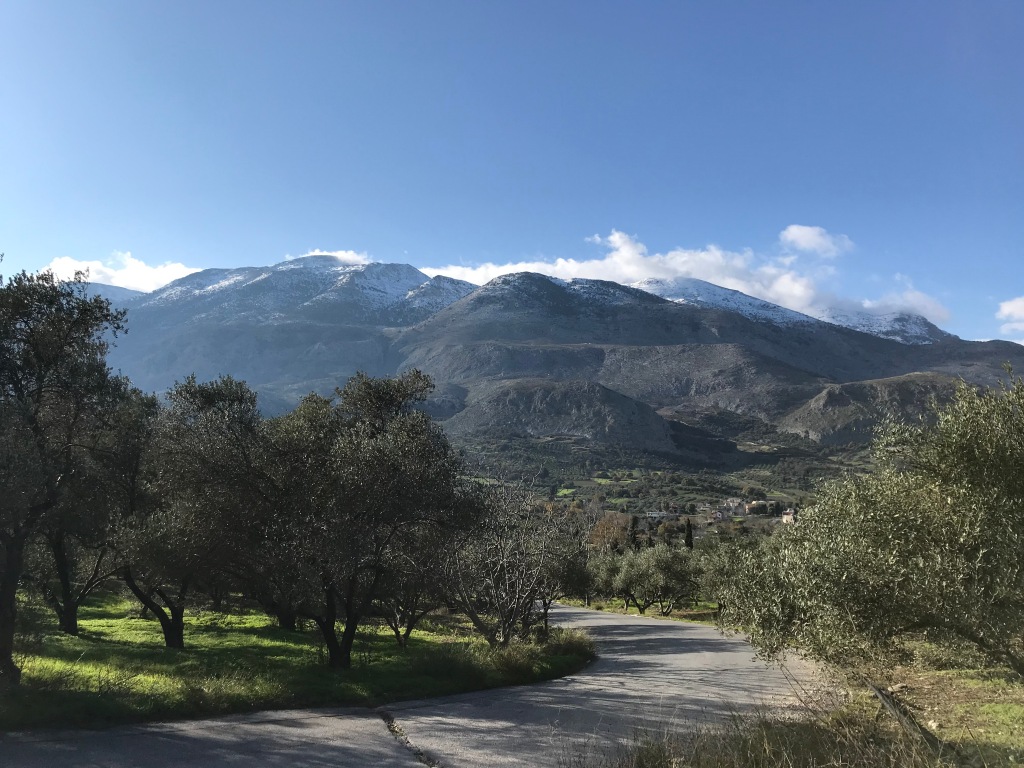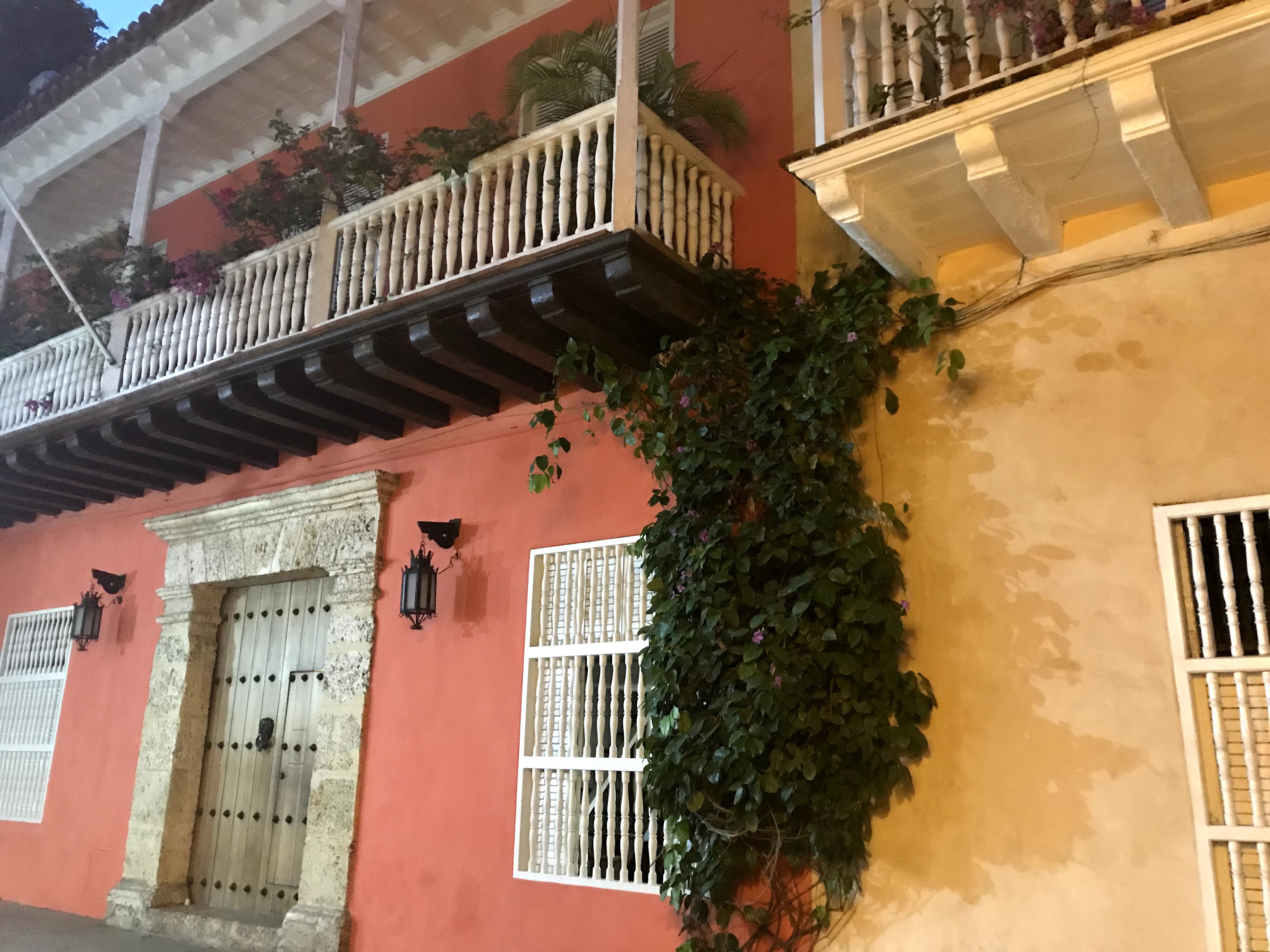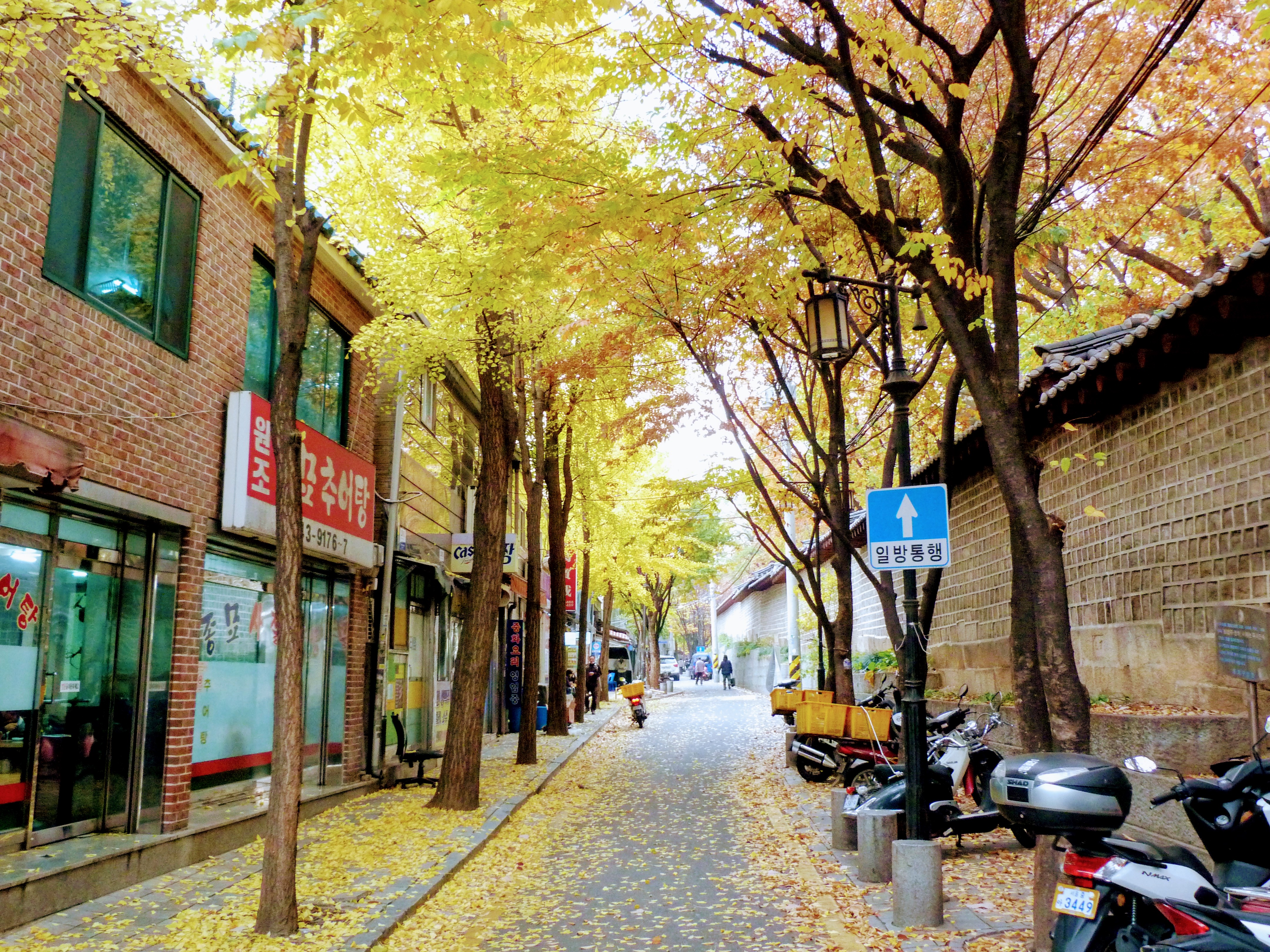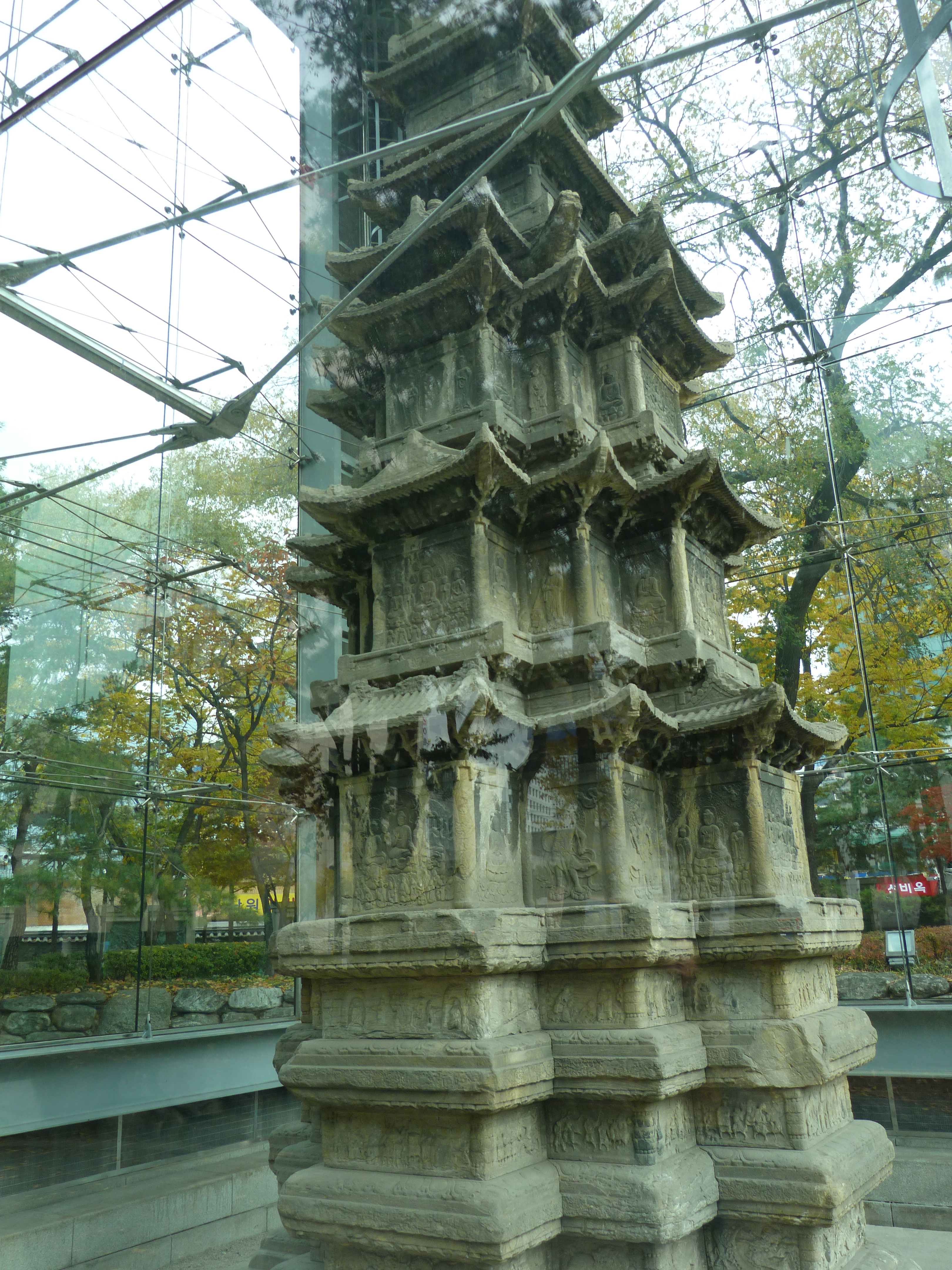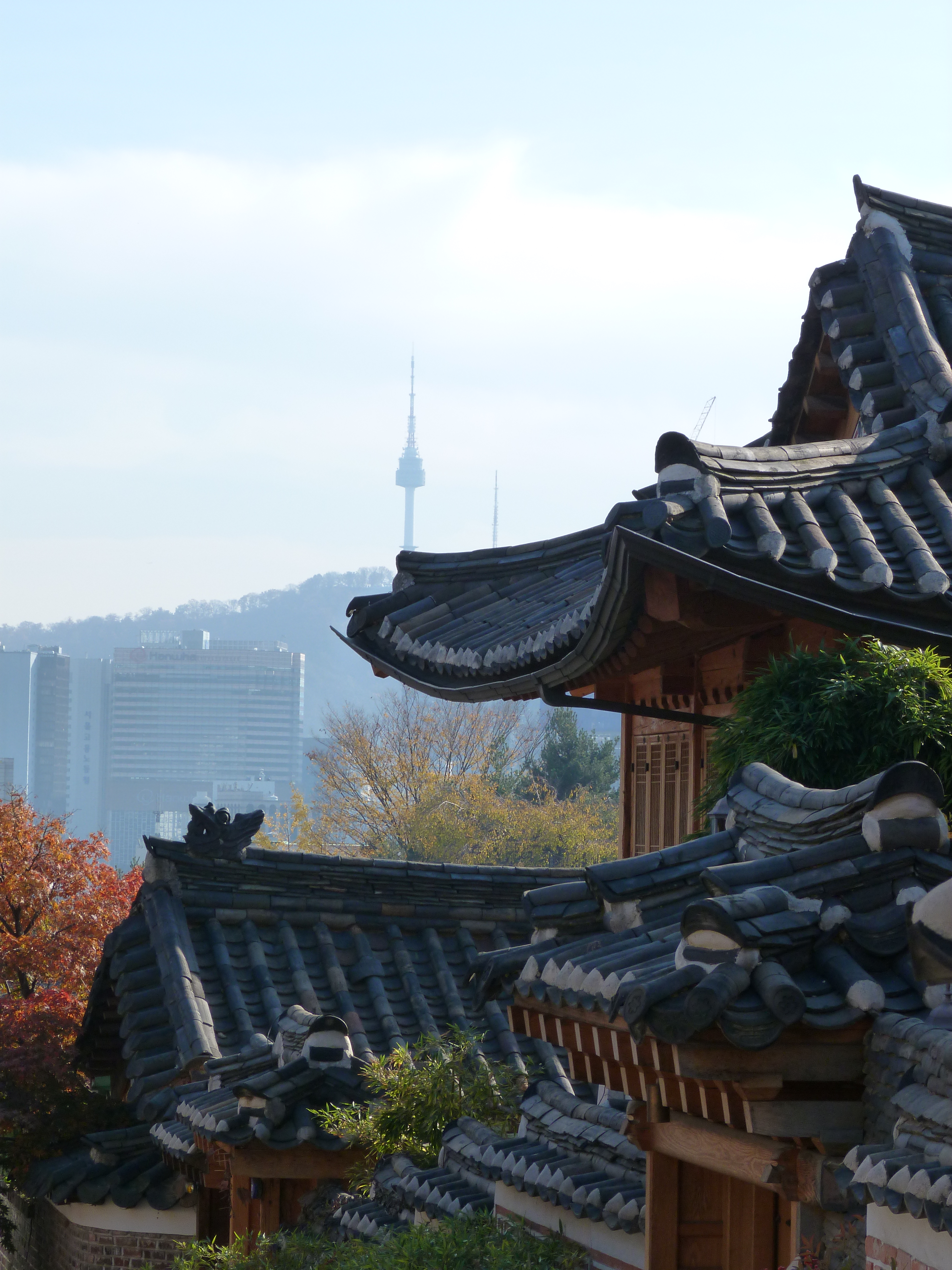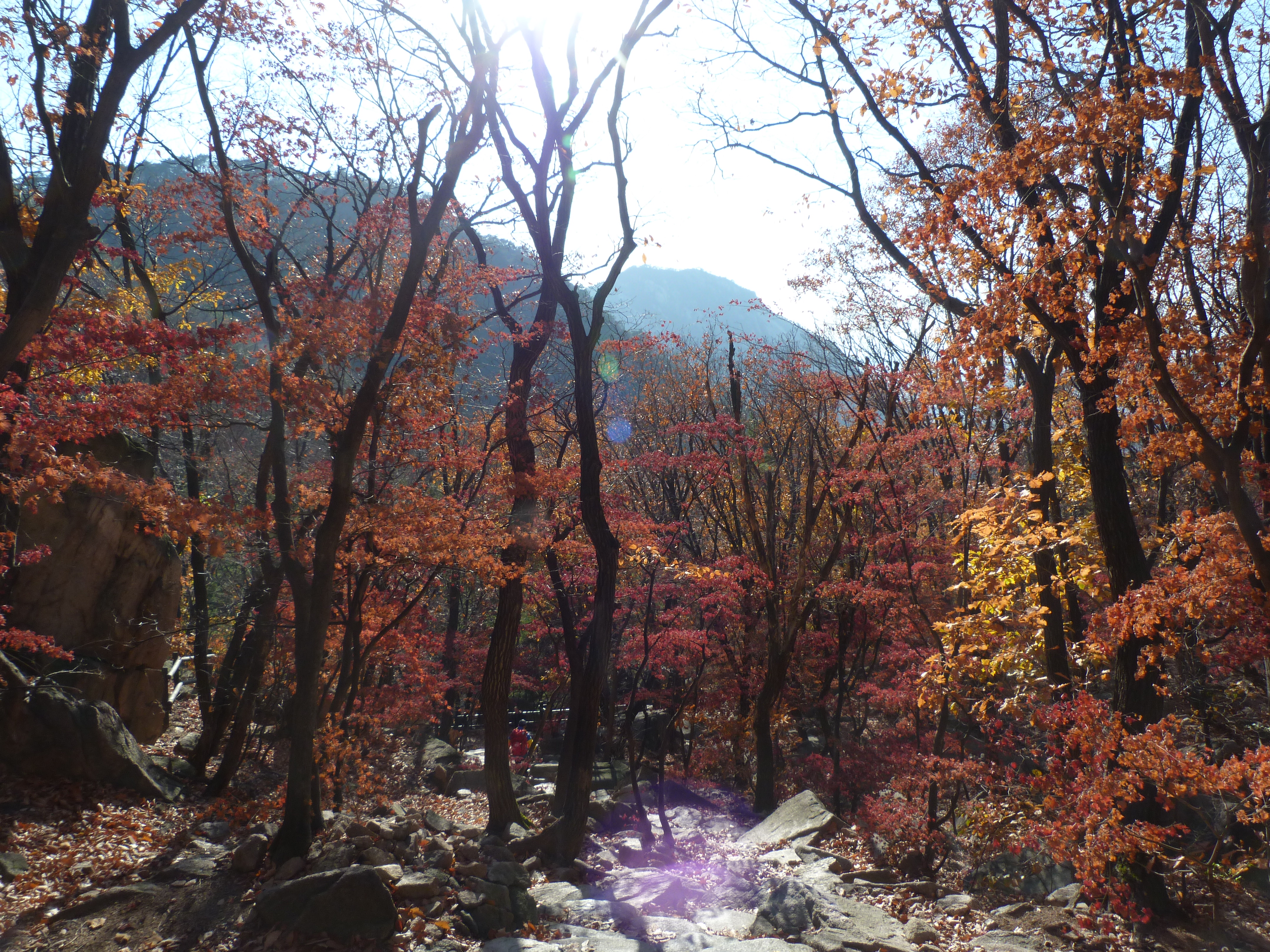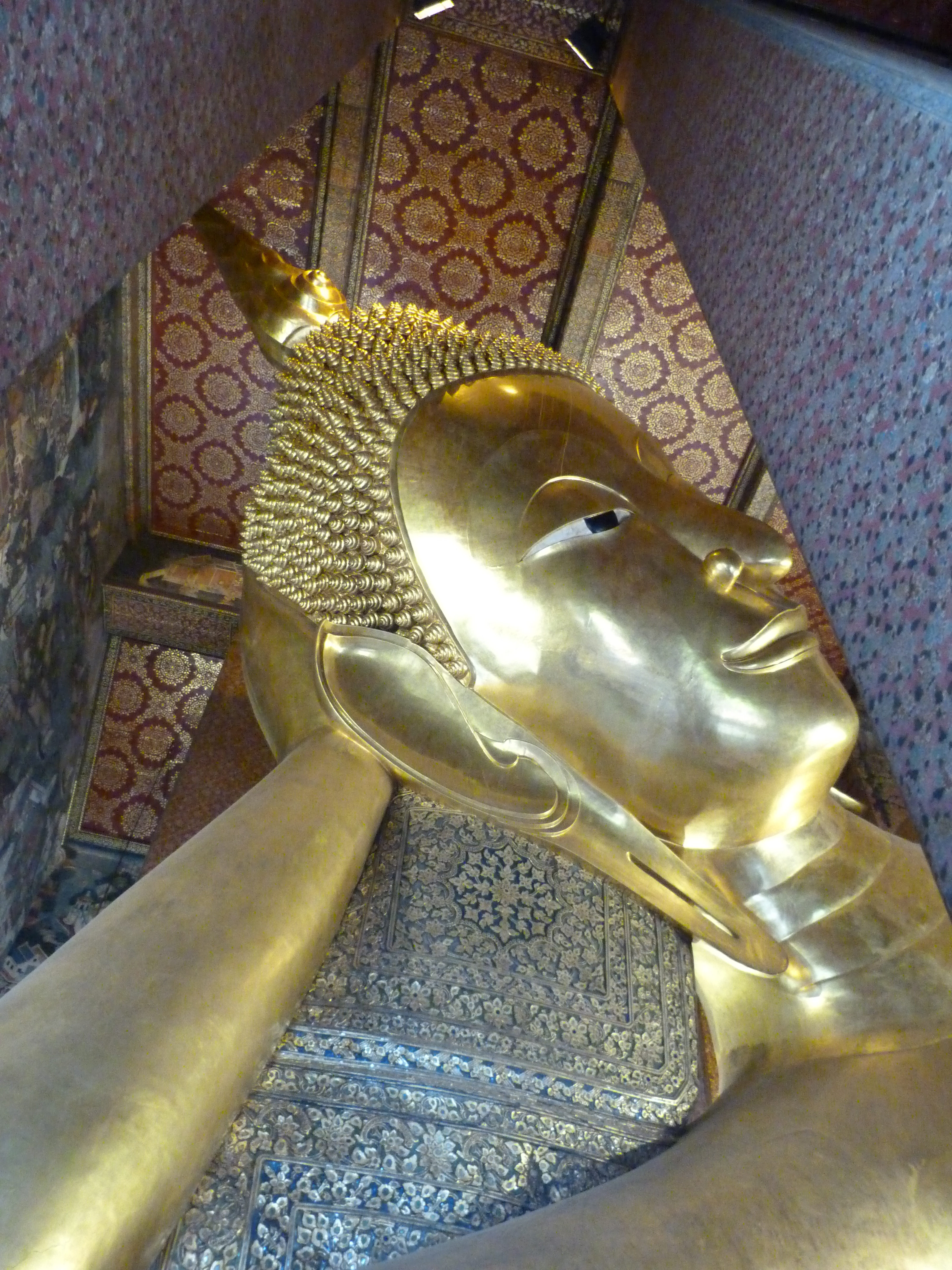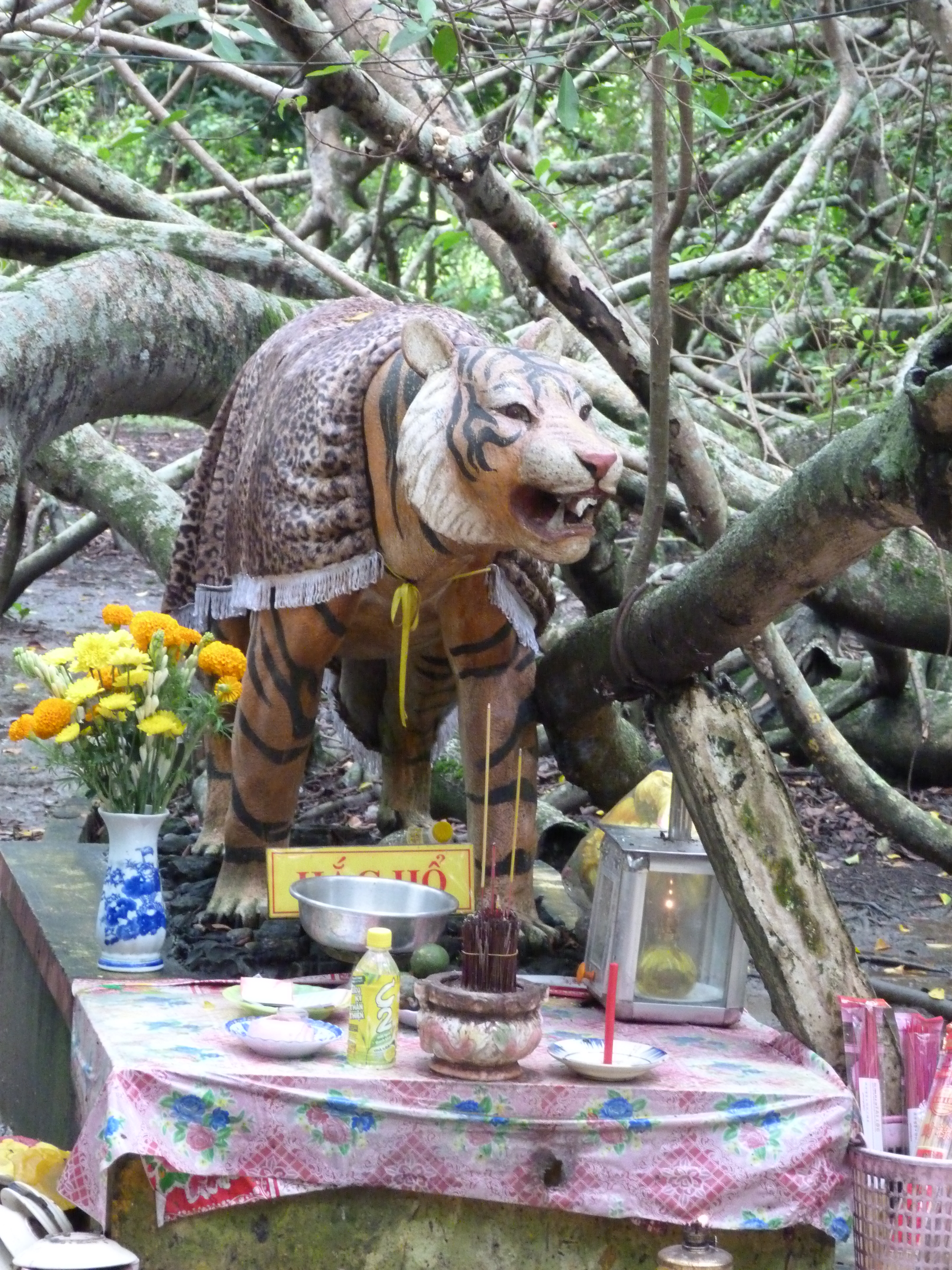The European sun is elusive in December, but this year we tried our luck to catch some lukewarm rays in Greece. We didn’t have much luck, but we did have fun in a winter wonderland of grilled meat and classical ruins with remarkably cheery folks.

During the summer season direct flights to the Greek isles are a dime a dozen, come winter it’s a different story. All flights stop in Athens. So we made it a long layover both directions to Heraklion in Crete.

Athens
We arrived in Athens on Christmas day and were surprised to see that everyone was out and about — they were shopping and dining instead of at home with their families, as we’re accustomed to for the holidays. Our Airbnb was centrally located in Plaka, which meant we were within easy walking distance of the Acropolis and many other notable sites. Though all were closed for Christmas, we were able to get up pretty close to the mesmerising ruins without having to battle the usual hordes of tourists. After a quick lunch of kebabs with yogurt at O Thanasis taverna, we ambled up the hill to navigate the buildings bunched around the Parthenon.
After walking around the Acropolis, we continued to enjoy the view from a rooftop bar called A for Athens. With a spectacular panorama of the ancient city, it was a good place to take in the sunset.

Sophie outside the 11th Century monastery atop the hill 
Street art in Plaka
Much of the city was still closed on the 26th, so we wandered between meals. Next door to our Airbnb was a modern little cafe called Lukumades, serving its namesake (something akin to Dunkin Donuts ‘munchkins’). Hot out of the fryer and traditionally served swimming in honey and cinnamon, these were an enticing snack. After breakfast number one, we made our way north towards dicey Omonia Square in pursuit of an authentic dairy bar. We found it: Stani. The interior felt like a small town American diner, and the food was simple, superior quality dairy products. Here we had a plate of thick, creamy sheep yogurt drizzled with honey and hearty walnuts.

Afterward, we felt like a stretch. We took the metro to Evangelismos station and walked about 45 minutes to reach the forest at Kaisariani. We followed the path beyond the cemetery and picked up the trail markers for the monastery. Our reward was a breathtaking view of the city and of the ancient Acropolis.

Euboea
On the way back from Crete, we spent another day in mainland Greece. Satisfied with our visit to Athens and wishing to explore further afield, we rented a car. We drove just under two hours to Euboea (Evia), the second largest island in Greece (after Crete), accessible from the mainland by bridge.

On Euboea, we headed to Mount Dirfys to hike Agali Gorge. A false start as we struggled to find the trailhead, soon enough we were climbing the steep trail up through the gorge. As the altitude increased, our lack of winter gear made us turn back. Even partway up we enjoyed some spectacular, snowy views!
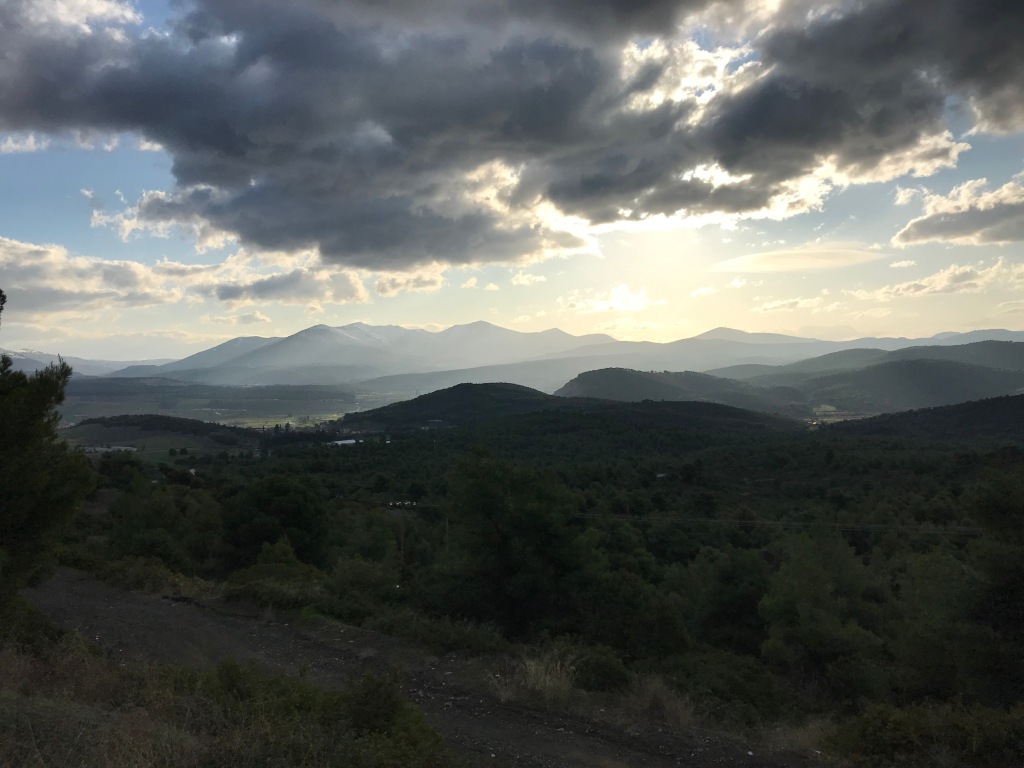
As we slipped and slid back down, we kept hearing a strange call that sounded a lot like “hhhaaaalllp“. Confused by the plea, seemingly in English, we ran into a Greek couple after not too long who were completely unperturbed by the loud hollering. “What’s that noise?” we asked innocently, “Is someone in trouble d’you think?” They laughed. It was a mountain goat. Shortly thereafter, around a bend, sure enough, a small herd of goats stood bleating out their call for “hhhaaalllp”.

To get the full mountain view, we carried on driving the winding, icy road up the mountain. The domestic tourists thrilled in blocking the road, joyously parking half-submerged in snow banks while they posed for selfies.

Chania

We arrived in Heraklion in the early evening after a quick flight from Athens and set out at once for Chania, a smaller city towards the west of Crete. We spent three nights at the charming Kanso Rooms, located in a quiet village just outside Chania. The kind manager gave us many rain-proof activities to keep us busy despite the torrential weather.

The first night there we walked into nearby Galatas, the village by our hotel, for one of the best meals of our entire trip (and maybe our lives!) at Taverna Elia. We especially loved the casserole of gigantes beans, the local red wine and the friendly family who ran this establishment.
Next day, it was off to Elafonissi beach, with a diversion planned (courtesy of our host’s recommendation) to the charming little converted village of Milia, an eco-resort. Be careful to follow local directions, not Google Maps. We almost gave up after trying to follow a goat path and ripping the bottom out of our rental car. Such fun! (On an unrelated note, get full rental insurance).



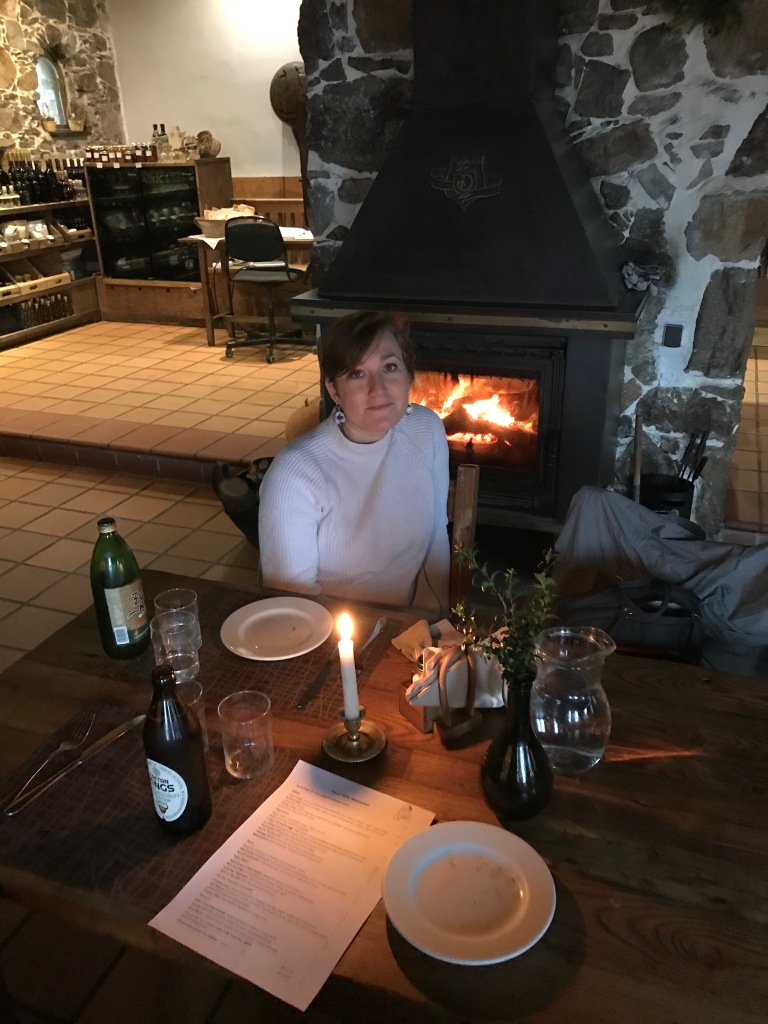

After our pleasant lunch in the taverna in Milia, and the harrowing switchbacks to get up there, we coasted down to one of the most famous beaches in Crete. On the way, we had passed an ancient Orthodox monastery in a cave dedicated to Agia Sophia located in a scenic gorge. Though we had heavy rain much of the way, once we arrived at the beach, it was abandoned and beautiful.
The following day we enjoyed the local flavour of Chania, including torrential rain, really excellent seafood and the incredible Venetian Lighthouse and seawall. The winter season means that not many places are open, but we managed to find great local coffee and many fun shops to explore. With few tourists and even fewer locals, there was no lack of good service and friendly shopkeepers eager to help.
A word of warning, many locals in Greece are excited about a phenomenon known as Nanou’s Donuts. Don’t get the f$&%# donuts – they’re literally frozen pieces of trash. We tried three times to be sure. Yep, we confirmed they suck — stick with Lukumades.

Not wanting to spend the entire day in the car yet again, we set off to see a gorge to stretch our limbs. We had to change course many times because of severe flooding (from the many-mentioned torrential rains). Our diverted course meant we stumbled on the incredible ancient Arkadi monastery (it was filled to the brim with cats), a bizarre fresh water lake (still not sure why it’s a tourist attraction) and a Georgio’s Mountain Attack (AKA Patsos Escape) — all on the way to Patsos Gorge. (Yes, we did spend the whole day in the car). At the end of the long day, we got a few donuts at Nanou’s. They’re the worst.

At Georgio’s Mountain attack, we did a small hike down the flooded gorge and through a slightly creepy bit of woods with sheep skulls stuck on sticks, there was also an abandoned shack where a voice went “oooooohhhh”. We hurried back, eager to leave, but Georgio’s mom insisted on cooking pork steaks and oregano fries, and preparing a massive Greek salad for us. Meanwhile, she kindly toasted our socks and shoes by the fire, they had gotten soaked in the rain. She didn’t speak any English, of course, so when she wrapped our feet in newspaper we were momentarily confused. For entertainment, Georgio told us the story of how he befriended an American tourist who wrote a book that briefly mentioned his village on page 255. He showed us a copy, and then proceeded to recite the main points of the book for 45 minutes while we gnawed on the porksteak (it was tougher than a Nanou’s donut).

Arkadi Monastery 
Staff member
We also spent two days in Rethimno. Chania has everything Rethimno has, but is nicer. Maybe it’s good in the summer but it’s mostly a concrete maze full of diesel fumes and NO Nanou’s in sight! Although, the fort was cool. And Sophie did find some shops that were acceptable.
Heraklion – in the halls of the Minotaur
The only reason I agreed to go to Crete at all was to see my friend, the Minotaur. He’s one of the best bits of Greek mythology and I had to visit Minos’ palace at Knossos. Naturally, being as many thousands of years dilapidated as it is, it leaves much to the imagination. Still, there is something special about seeing the spot of the fabled labyrinth where the Minotaur lived.

The history museum in Heraklion was pretty fantastic. All sorts of ancient artifacts from the civilizations that pre-date the Hellenic conquest of Crete – (Phoenicians, Minoans etc). There were seals, tablets, swords, and a number of intact sarcophagus-style clay burial pots, some fascinating stuff. Also, hilariously mis-translated signs made for ‘funny moment’. Unfortunately, the Hellenic wing was closed for maintenance. I blame the Romans.
The last incredible meal in Crete was at Hairi. They had traditional Cretan food, rather than just generic ‘Greek’ food. Sophie had a Cretan pasta and I had a porridge-like soup that was savoury and brothy, and delicious. It was a bit like a congee, but much much better.
Although Crete in the winter was great, looking out from the inside of our lockdown Corona-house now, a warm beach and a fresh Greek salad sounds pretty ace. Next time I get a chance, I’ll raise an Alfa Beer and say “Cheers to Crete” (preferably on the beach in Crete).
-Brian





